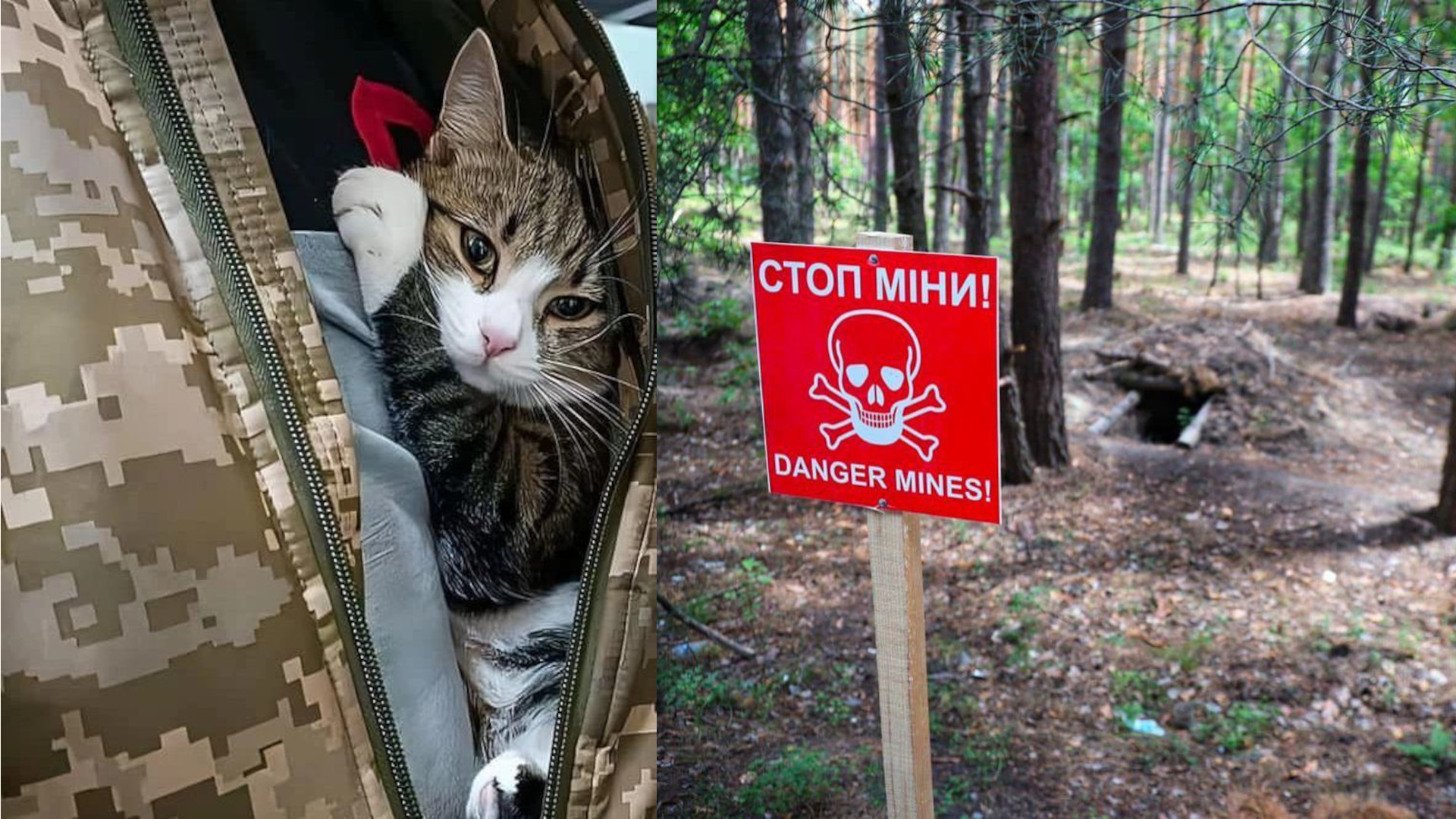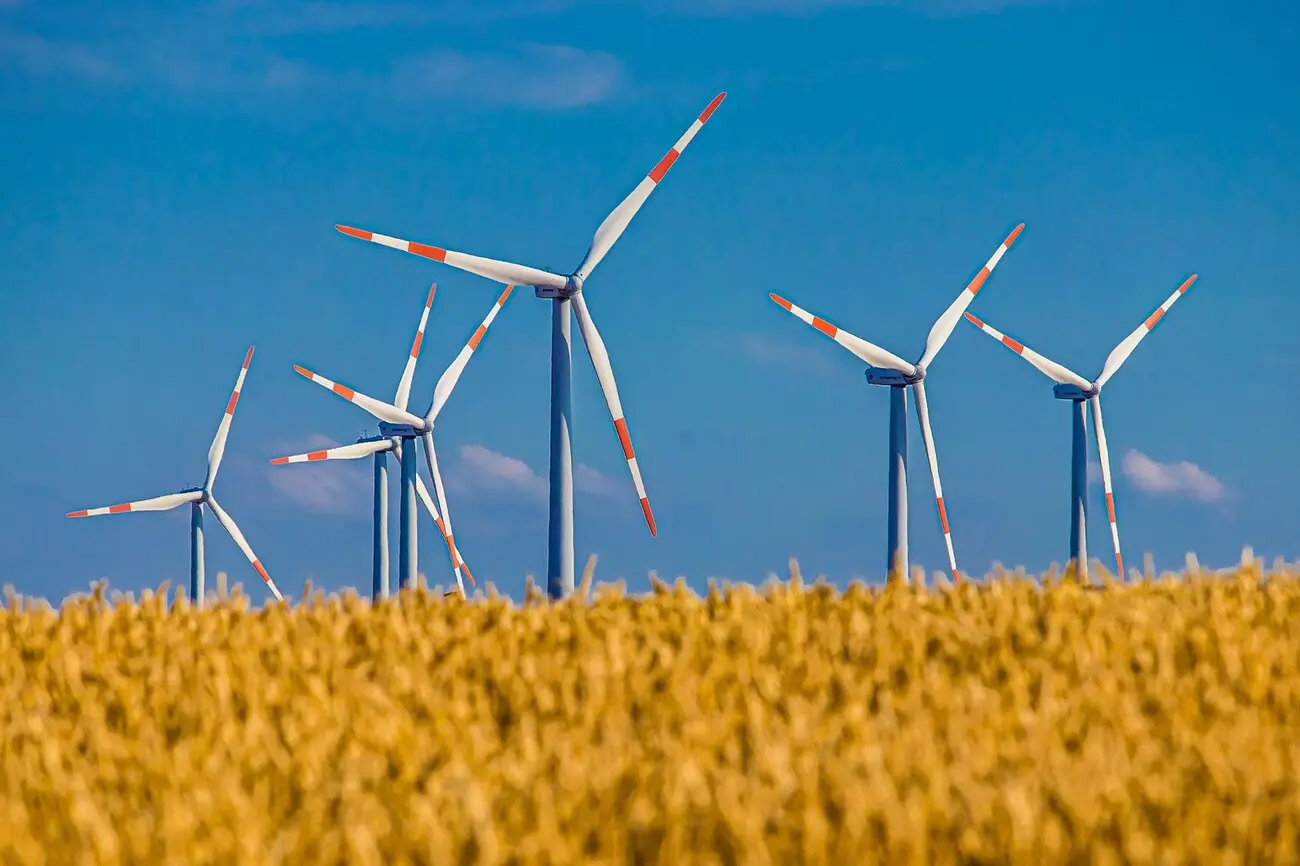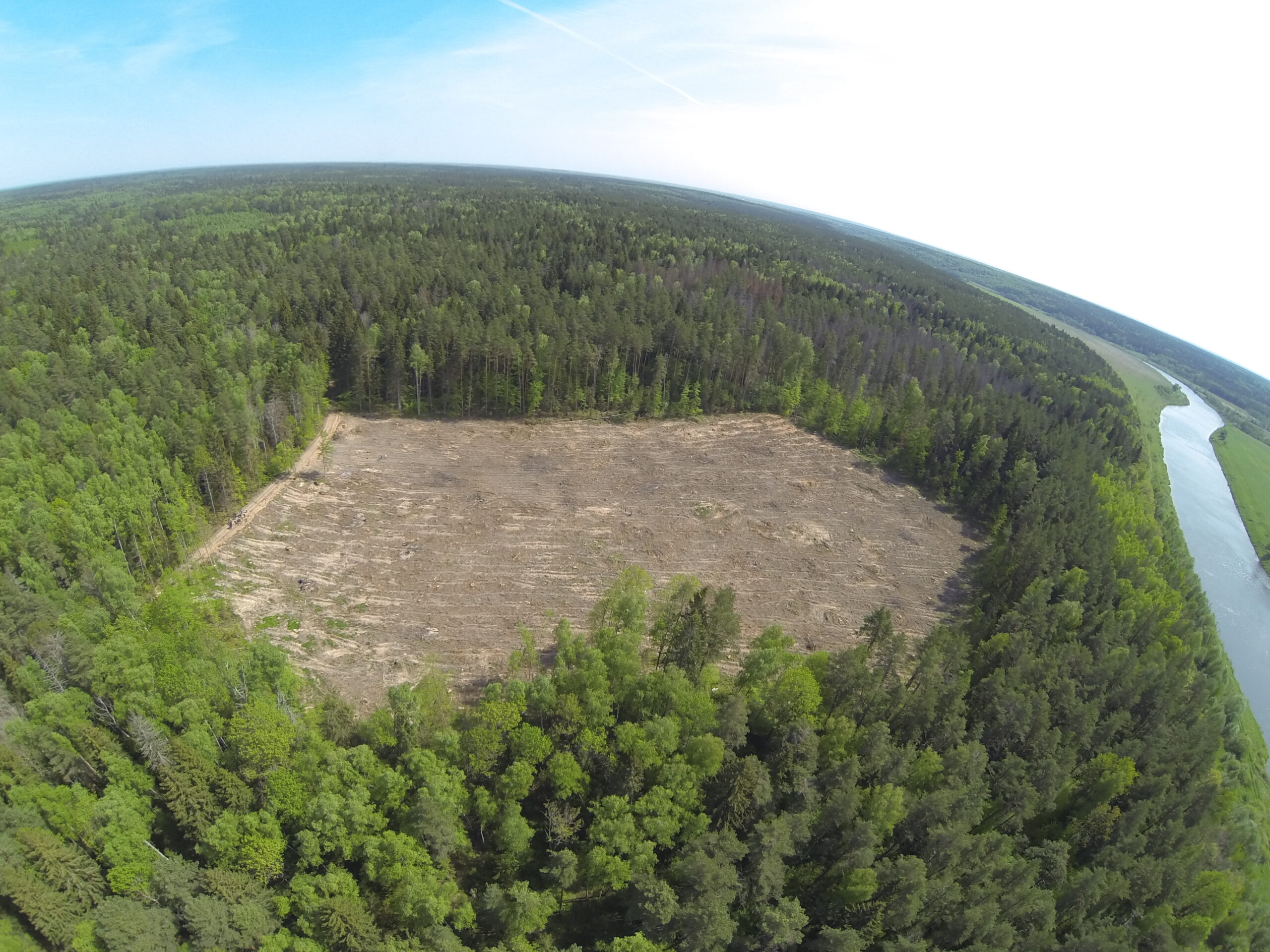By Vera Kuzmina
Russia’s military invasion has environmental consequences not only for Ukraine, but also affects its own environmental and climate policies. Russia remains the fifth largest emitter of greenhouse gasses in the world following China, the United States, the European Union, and India.
In their official statements Russian authorities continue to formally declare their adherence to the goals of the Paris Agreement as well as remain on course toward decarbonizing the country’s economy. Is that just window-dressing? Do real actions correspond to political statements? What developments can we expect in environmental and climate terms in the years to come?
In June, UWEC covered Russia’s weakening environmental legislation following the beginning of its military attack against Ukraine.
Today, the “Sustainable Russia” project (initiated by DGO e. V.) brings together
11 journalists and experts from Russia, located both in the country and in exile, wrote 12 articles on aspects of changes in environmental and climate policy in Russia. Some texts are published under a pseudonym or anonymously for safety reasons. The articles are published in Russian and German by Klimareporter magazine and were first released 20 July in Berlin and online.
Writing under a pseudonym, Vera Kuzmina has prepared a review of the articles and project itself for UWEC.
“Since the beginning of Russia’s military invasion of Ukraine, climate change remains almost the only topic where dialogue with foreign countries remains possible,” says Yekaterina Mereminskaya, climate journalist of Delovye Vedomosti. Recently, especially after the 2014 annexation of Crimea, the Russian Federation has used “green” diplomacy and engaged more actively on environmental and climate issues at the international level, including via UN organizations. In particular, Russia’s representatives often proposed cooperation and partnership in the areas of environment and climate, also including the UN climate negotiation process or during high level economic forums in Russia.
However, whether such cooperation is at all possible right now is an open question, including on the part of Russia itself, where conditions for any international cooperation (including for scientists, researchers, and representatives of NGOs) become more and more difficult. It is caused, inter alia, by new amendments to the law on “foreign agents,” expansion of the list of “undesirable organizations,” and many other repressive trends.
For Russia’s economy, the topic of climate and decarbonization is still part of the agenda even after the beginning of the war. Both Yekaterina Mereminskaya and Natalia Sarakhanova, senior lecturer at Saint Petersburg State University of Economics, observe that topics of climate and environment remain important for industry and corporate managers and that businesses (at least to some extent) continue to try to reduce emissions, collect data, report on GHG emissions, and introduce low-carbon work standards.
“Business initiatives continue, but may be frozen. There may be changes in six months, but for now companies stick to their climate policies. However, large multinational companies, market leaders, and change drivers have left Russia and there may be changes of approach and direction,” Sarakhanova adds.
Mereminskaya underscores the fact that scientists and climate experts have also begun to flee the country. “Climate headliners are leaving Russia. Thus, in many respects, the fact that Anatoly Chubais, presidential adviser on sustainable development, fled the country is a sign that the Russian authorities are saying farewell to the climate agenda,” she said.
Scientists who have left admit that they cannot work in Russia now due to an atmosphere stifled by denunciations and mistrust. “Under these conditions, constructive interactions with students and colleagues are impossible,” Mereminskaya added. At the presentation of the series of the articles, authors also noted that, for example, many experts had left the climate project on achieving net zero by 2050 in the Sakhalin region.
Still, a planned “eastern turn” of Russia’s economy and companies (redirecting more trade and export routes toward Asia and not Europe) also presupposes requirements such as decreasing industry influence on climate and publicly available climate information. Sarakhanova cites the example that “conditions for placing and terms of trade on the Hong Kong Stock Exchange from the point of view of providing information on a company’s climate impacts are similar to those at stock exchanges in the USA, Great Britain, and the EU.”
Will Russia be carbon-neutral by 2060?
“Russia has never declared a priority of reducing greenhouse gas emissions,” said independent expert on sustainable energy Yuriy Melnikov. The plan was to achieve carbon neutrality, first of all, by increasing the absorptivity of natural ecosystems.
The Russian government approved a strategy for social and economic development of the Russian Federation with low greenhouse gas emissions by 2050 in 2021. The strategy does not presuppose any cuts in hydrocarbon production and even allows Russia to increase greenhouse gas emissions in a number of industrial sectors. The authors of this strategy believe that carbon neutrality can be reached at the expense of absorption of emissions by natural ecosystems, primarily in forests.
Mereminskaya also confirms plans to direct basic efforts aimed at decarbonizing Russia to a recalculation of the capacity of Russian forests to absorb СО2. In 2021, the Ministry for the Protection of the Environment and Natural Resources of the Russian Federation declared that a new methodology for calculating forest carbon capacity makes it possible to raise the absorption indicator from 0.5 to 1.1 g/metric ton of СО2 per year.

In current conditions, E3G climate and energy policy and sustainable finance expert Maria Pastukhova describes four obstacles to the implementation of climate goals and an energy transition in Russia:
- Changes in the finance and investment climate (exclusion from the SWIFT system, falling investment rating of Russian enterprises, departure of key investors (Total, BP, UNIPER, RWE, Fortum, etc.), federal budget changes and de-prioritization of the climate agenda);
- Blocked access to “green” technologies and technologies aimed at reducing the intensity of emissions by the Russian oil and gas industry and doubtful hopes for the arrival of Chinese manufacturers as an alternative;
- Interruptions of logistical and industrial-marketing chains; and
- Absence of political stimuli (including general political isolation, inefficiency of such tools as Carbon Border Adjustment Mechanism (CBAM), taxonomy, etc. in the new realities).
Environmental journalist Nika Gurevich notes that as the world gradually eliminates hydrocarbons, Russia will be faced with a very serious problem. If hydrocarbons cease to underwrite its federal budget, Russia will face difficult questions regarding future income and the foundation of further social and economic development. Russia’s current development strategy has no plan to replace oil and gas revenue with income from other economic sectors. Since launching the war in Ukraine, the administration plans to continue selling its oil, gas, and coal, but to other markets, e.g. to Asia.
Very active for the previous two years, conversations on diversification of the Russian economy have faded. In many respects this is because a more urgent short-term task – identifying new markets for fossil fuels – has sidelined the necessity of reforms and revising long-term development objectives.
Besides, Gurevich also writes that, “Ukraine’s pipeline system and natural gas transit through Ukraine’s territory have been on Putin’s mind for a long time. It was very important for him to gain control of it. And with politics and economics so closely intervened, each and every Europe-oriented figure in the Ukrainian president’s office automatically became not only an ideological challenge but also an economic challenge for Putin, challenges he took very personally. In that sense, this ‘special operation’ is the latest morbid symptom of a long-term quest to mold Russia, Ukraine, and the world’s system of economic and political relations into some rigid and ultra-conservative set of predefined beliefs.”
Developments in renewable energy
Despite the trend of preserving oil and gas extraction, over the last decade, Russia has also pursued some renewable energy development. Solar and wind power facilities began to receive state support. Companies also became interested in transitioning to renewable energy sources to prove their cuts to emissions for their Western investors.
“By 24 February 2022, Russia’s renewable energy sector had already been formed to some extent,” noted Tatiana Lanshina, a head of the NGO “Goal Number Seven” (a reference to SDG 7, “Access to clean and affordable energy”). According to her, energy produced by renewable sources reached 0.5% of Russian national energy generation, while the average national indicator around the world is 10%.
“Despite the very small market, large trendsetting players such as Fortum, Vestas, and ENEL developed projects in Russia. In addition, large Russian and international companies with operations in Russia started purchasing energy from renewable energy sources in order to lower СО2 emissions from their manufacturing,” Lanshina continues.
After the war was launched against Ukraine, however, demand for renewable energy production fell: Western companies that had invested in Russia’s renewable energy transition left the market. In addition, Europe’s I-REC certification body stopped selling certificates confirming the production or use of renewable energy within Russia.
According to Lanshina, “The departure of large investors and manufacturers in the renewable energy industry led to delays in launching of new generation capacities, as well as loss of access to green technologies. The government also canceled fines for infringements of renewable energy generation facility contracts,” she added. In her opinion, that move is an effective measure of support, but it will not spur market development and will only reduce investors’ losses.
Tatiana Lanshina observed that China will hardly be able to replace European companies in the sector of renewable energy sources in Russia. China’s strategy is to deliver its equipment to other countries, but not to build local clusters and not to transfer technologies, Natalia Sarakhanova specifies, in her turn. Chinese manufacturers will hardly risk getting under sanctions of the USA and the EU because of attempts to receive some profit in the small market of this equipment in Russia.
Will Russia produce hydrogen?
In addition to renewable energy sources, prospects of hydrogen production have been a discussion topic in Russia since 2020.
“The basic focus on hydrogen projects in Russia was aimed at exporting hydrogen to the EU and neighboring countries in the Asian-Pacific region (Japan and Korea),” Yuriy Melnikov writes. Today, the European market is closed; cooperation with Asian partners is suspended; only domestic consumption remains.

However, here, even before 24 February, no clients were prepared to pay for hydrogen buses and cars or for low-carbon hydrogen itself, which is much more expensive than available analogs in Russia.
“Without a large-scale government program for hydrogen energy, this sector will not develop,” he added. The first version of the program was developed before February 2022; now, it must be reworked.
“The current hydrogen strategy of the Russian Federation has an extremely general and declarative character,” Maria Pastukhova writes. The absence of concrete projects aimed at exporting hydrogen makes the strategy almost unworkable. Pastukhova asserts that arrangements with European partners were just memoranda of mutual understanding and agreements of intent. No significant concrete steps have been made.
Melnikov, in turn, observes that although Russia’s hydrogen market had only just started to develop, much was accomplished. Among other things, companies and the developers of the national hydrogen strategy reached bilateral agreements. Still, further practical steps are not yet obvious.
Maria Pastukhova specifies that before the war in Ukraine, some EU countries discussed purchases, in particular, of “blue” hydrogen (i.e. made of natural gas with the use of carbon capture and storage technologies). Russia could satisfy this demand. Now priority is given to “yellow” (produced with nuclear energy) and, first of all, “green” (received from renewable energy sources) hydrogen.
The EU has already confirmed 41 projects for the manufacture, transportation, and industrial use of “green” hydrogen. According to Maria Pastukhova, Russia’s turn to Asian markets will not help it increase Russian hydrogen exports in the foreseeable future due to low demand for hydrogen in the majority of Asian developing countries; while Japan’s and South Korea’s developed economies have already redirected their vectors of cooperation elsewhere (e.g. Middle East, Chile, Australia), and China plans to create its own capacities. Besides, under current market conditions, the priority is given first to the development of “green” hydrogen; marketability of Russian “blue” hydrogen in foreign markets is much too questionable.
What is wrong with a circular economy for Russia?
Besides decarbonization, the concept of a circular economy became yet another important idea for Russia’s ‘green’ development in recent years. This topic appeared in public and political debate in 2019, following the beginning of Russia’ waste management sector reform.
“A circular economy (cradle-to-cradle ) is a concept viewed by politicians as one direction of national economic development,” notes founder of the “Moscow Circular” movement Yekaterina Yegorova. However, she also notes that this term is generally limited in its use to the waste management industry.
“A circular economy in Russia is understood only as waste management: creation of landfills, waste processing, and recycling. To a lesser degree, it is perceived as a change consumption model – from linear to cyclic”
“The linear model means that we extract resources, turn them into goods, consume them, and then throw away the largest percentage of valuable resources. This model leads not only to a rapid decline in the value of resources and materials as they become garbage, but also to environmental, economic, and social problems.”
“The circular model means that the economic system and resource management are built in such a way that citizens’ economic well-being and prosperity depend less and less on the consumption of exhaustible sources. In a circular economy, economic activities do not exhaust natural systems, but, to the contrary, increase natural capital. The creation of such a model requires changing business approaches, means of distributing benefits, and new political decisions,” Yekaterina Yegorova asserts.
In her opinion, Russia’s isolation will not allow it to create a circular model of economy given the need for new technologies (access to which is now complicated), and new approaches in management.
Yegorova continues, “However, it does not mean that it is impossible to do anything and wait for the time when the geopolitical situation improves. Even during these times there are opportunities to move towards a circular economy. For example, the transition to regenerative agriculture and reorganization of supply chains in the food sector industry can lead to positive changes in the sphere of restoring natural systems, as well as in achieving food security. Revised approaches in design and project engineering in construction and industry not only saves materials and reduces the risks of deliveries of raw materials, which today’s Russia faces, but also makes it possible to use materials more sustainably. Approaches such as urban mining (extraction of resources not from mines, but from already existing goods and buildings) and remanufacturing (restoration of parts and goods instead of manufacturing new ones) can bring both economic and environmental benefits.”
According to Yekaterina Yegorova, these approaches will not replace the importance of open international partnership and the exchange of technologies and ideas needed for the transition to a circular economy. However, they can help to make the necessary changes at the local level for a more effective use of resources in situ.
General conclusions
During the presentation of the Sustainable Russia series, all experts agreed that uncertainty about the future is so high at the moment that it is impossible to speak of any certain forecasts for development of the current situation, including in the area of “green” and low-carbon development in Russia.
The war in Ukraine has further confirmed the priorities of the “captains” of Russia’s economy, including preservation of the fossil fuel sector at its foundation, as well as the dependence of the world energy sector on the deliveries of Russian oil and gas. The means to solving the global energy crisis will make the future of extraction of oil, natural gas, and coal more clear, not only for Russia, but globally.
The extent to which the climate agenda will remain a somewhat important issue for Russia is, meanwhile, an open question, too. On the one hand, politicians and officials continue to declare their adherence to the goals of the Paris Agreement. On the other hand, companies and business associations try to lobby for the cancellation or postponement of some laws – including in the field of carbon reporting and verification, as well as allowing gas flaring and calling for a revision of sectoral strategies on greenhouse gas emission reductions. The prospects for Russia’s emission reduction projects, including in international markets, are also unclear in current war conditions.
Russia is navigating the road to political, economic, and technological isolation, including a halt or, in some cases, a ban (also in the form of associated risks) on international cooperation with “unfriendly” countries (including, for scientists or civil society representatives). These challenges are unlikely to play a positive role in Russia’s “greening,” including in terms of access to technologies, international exchange, and joint implementation of cooperation programs in the field of reducing greenhouse gas emissions and adaptation to climate change.
Additional information
Klimareporter has already published five articles for the Sustainable Russia project.
- Project overview by Angelina Davydova, available in German and Russian.
- Article by Nika Gurevich on the importance of the fossil fuel sector for Russia’s economy, available in German and English.
- Article by Anastasia Troyanova on the Sakhalin carbon experiment, available in German and Russian.
- Article by Irina Antonova on Russia’s rollback of domestic environmental regulation during its war in Ukraine, available in German and Russian.
- Article by Yekaterina Mereminskaya about the present and future of the climate agenda in Russia, available in German and Russian.
Image credits: klimareporter.de








Comment on “How has Russia’s climate policy changed since the beginning of the war against Ukraine?”